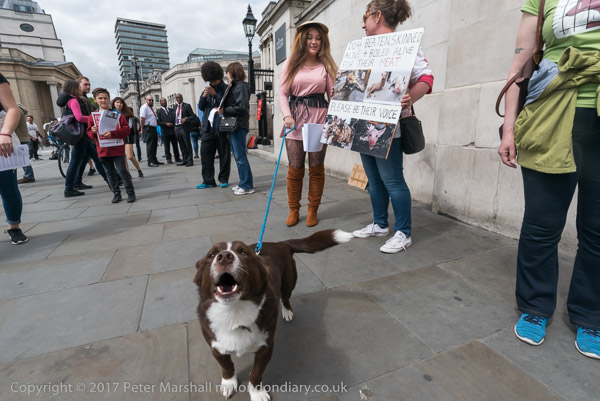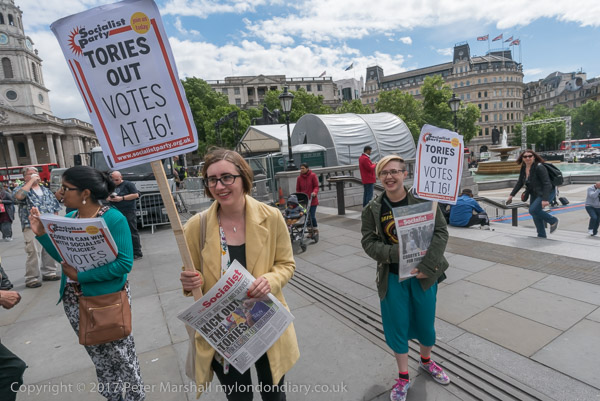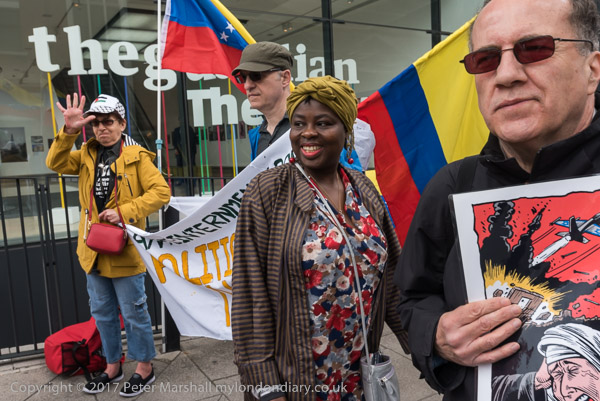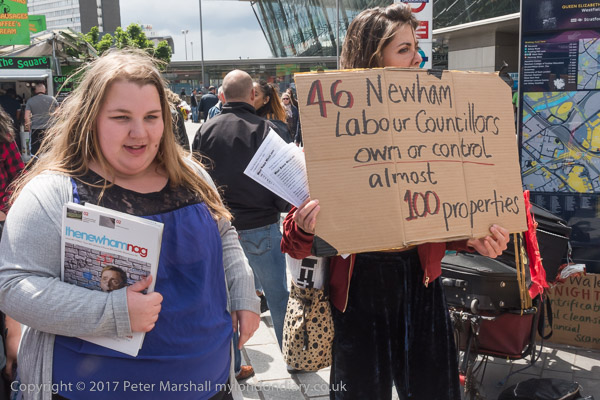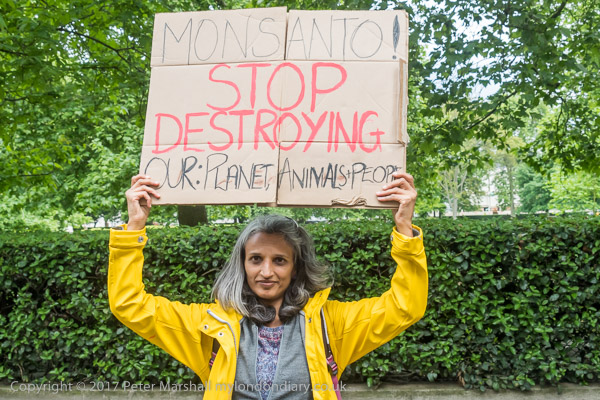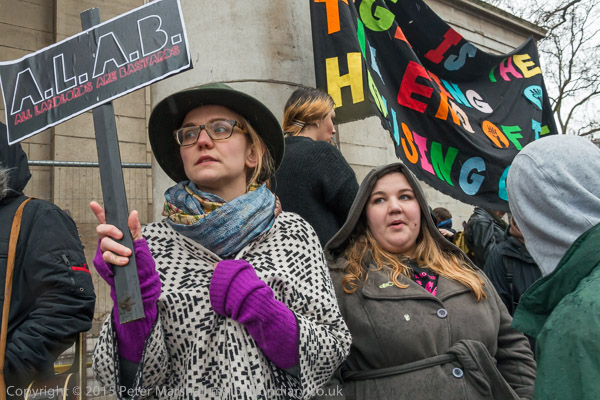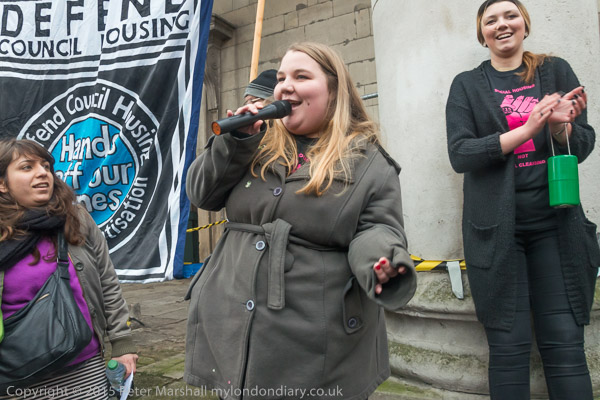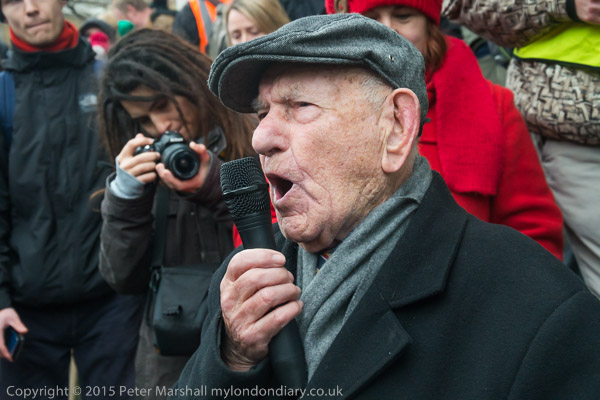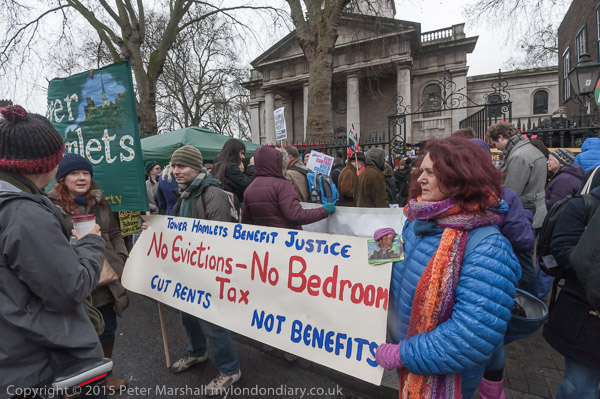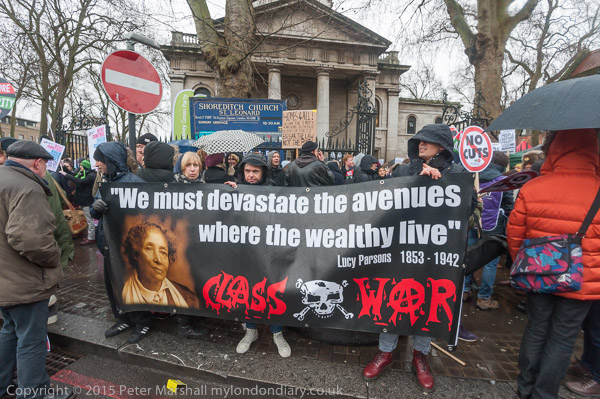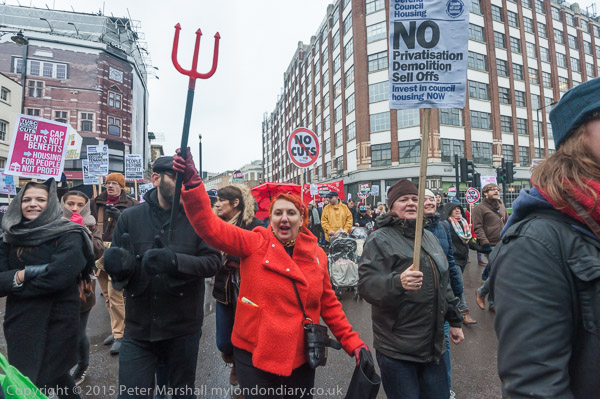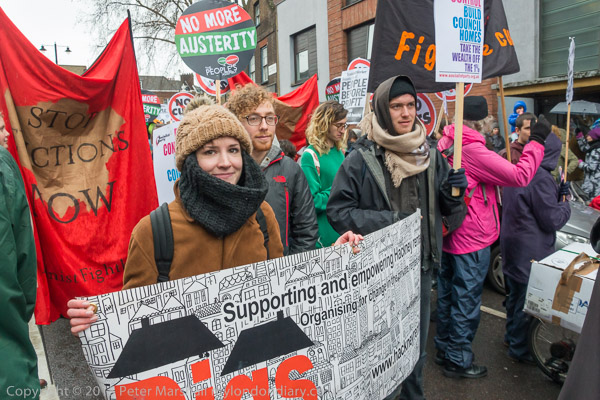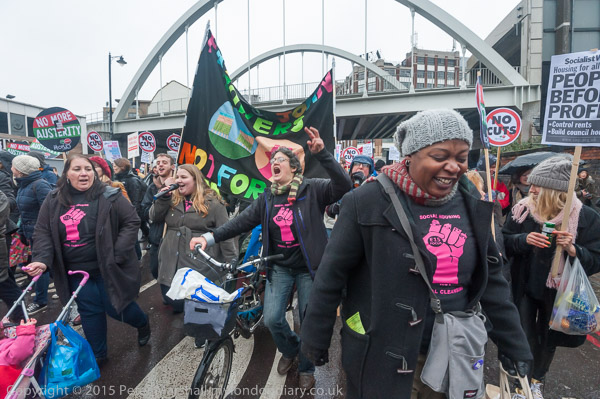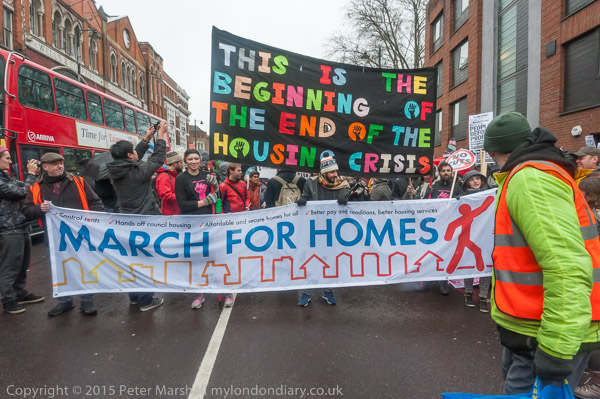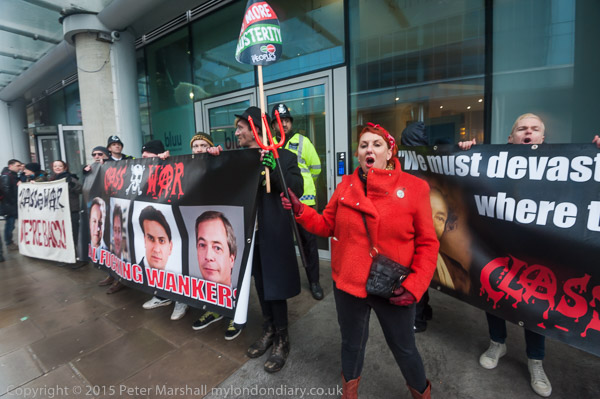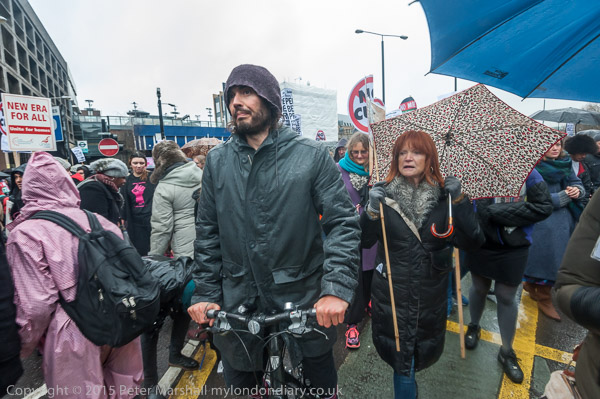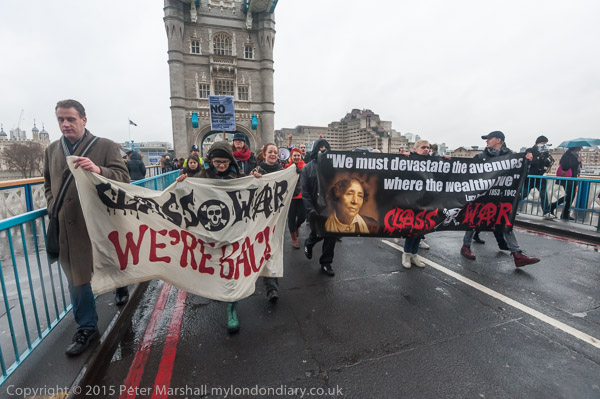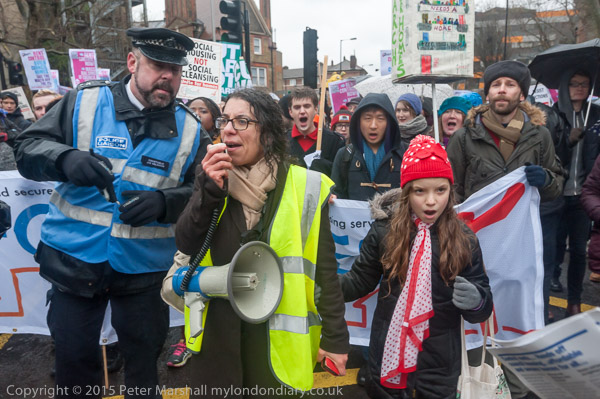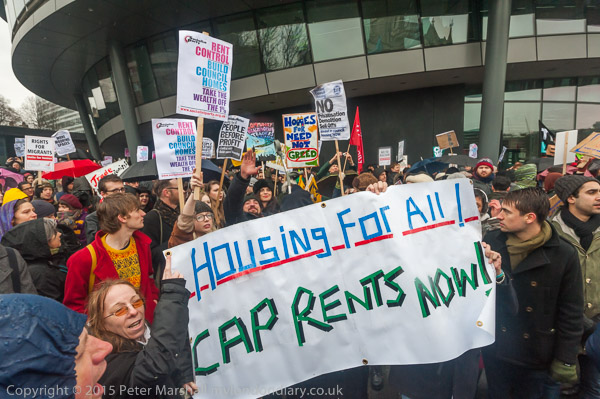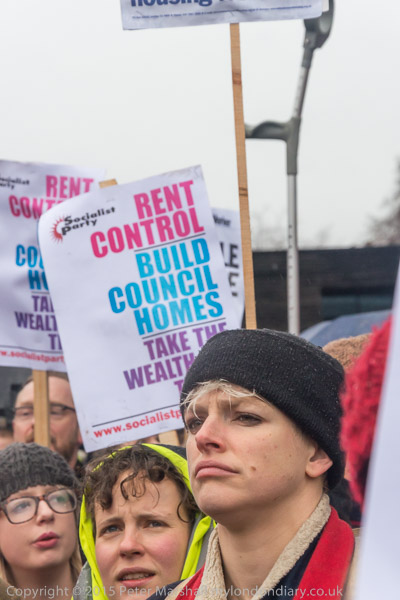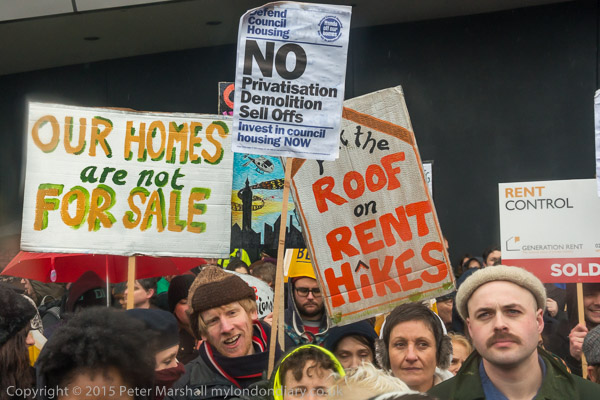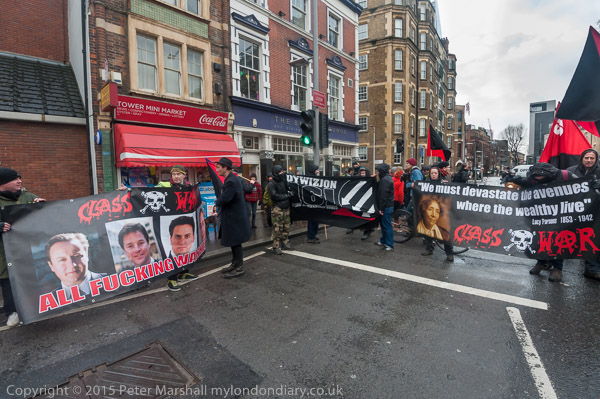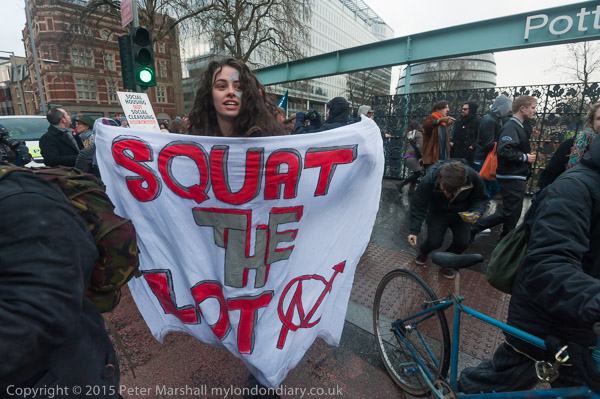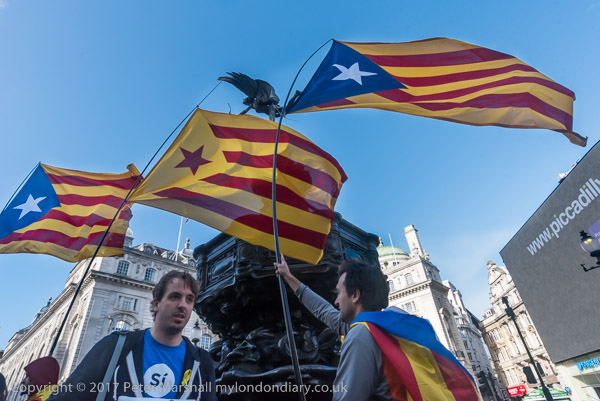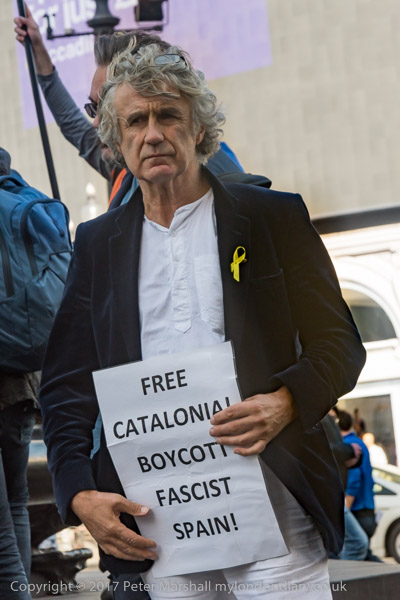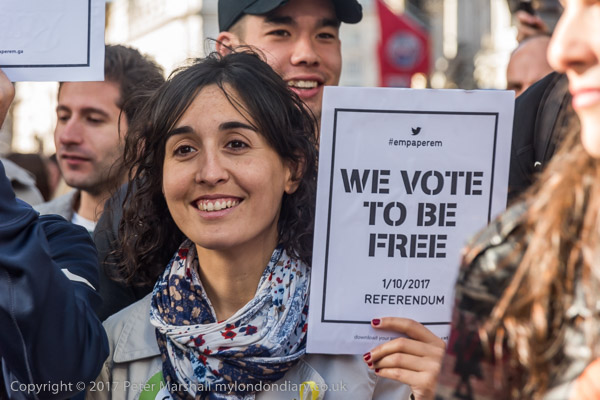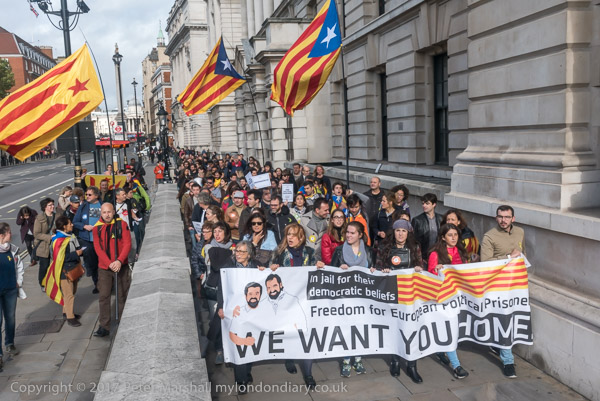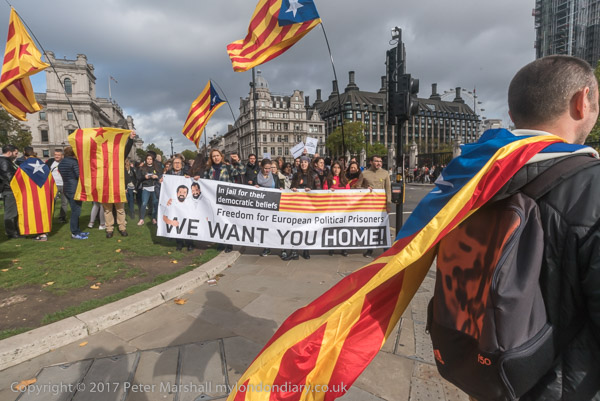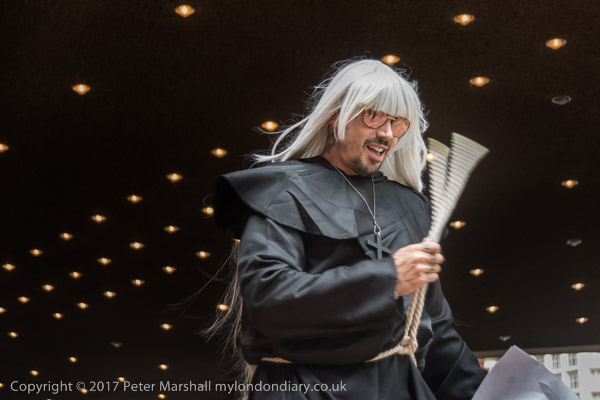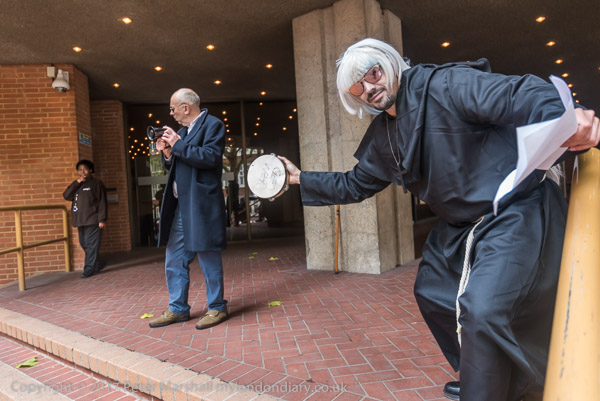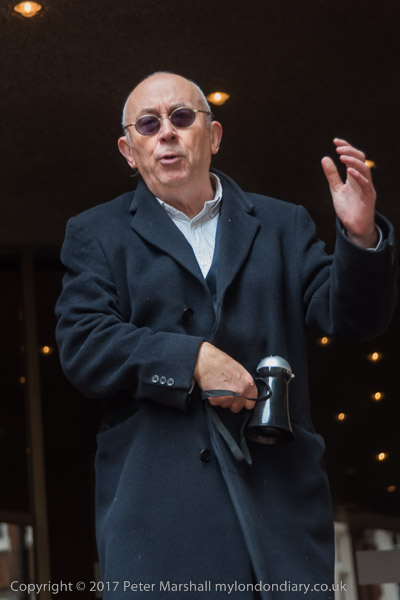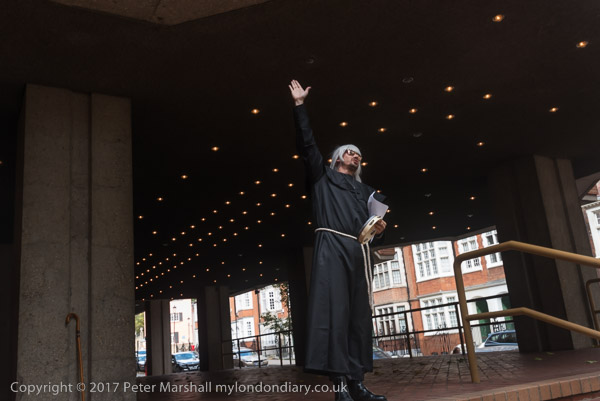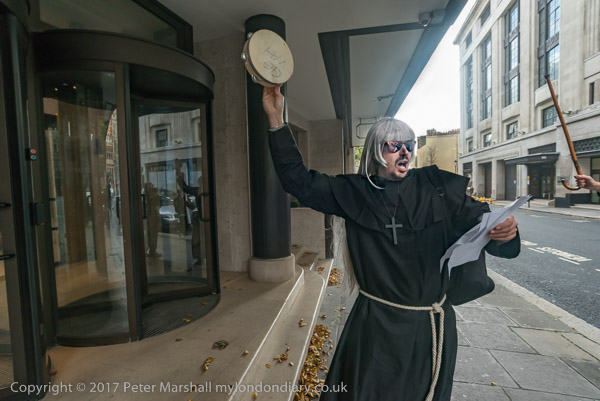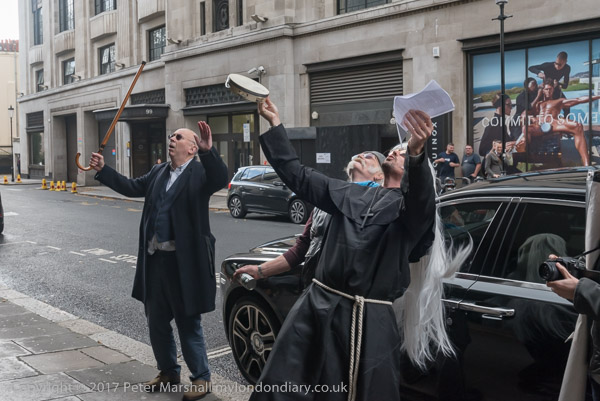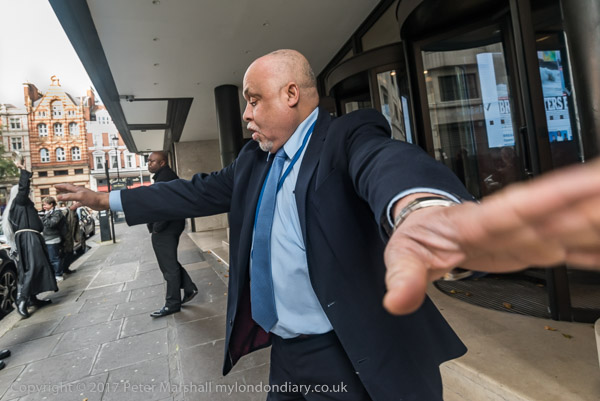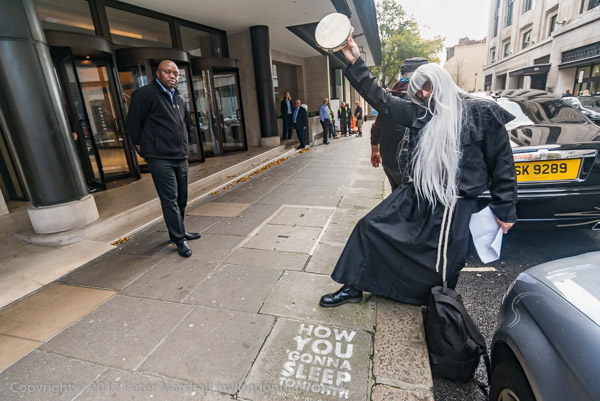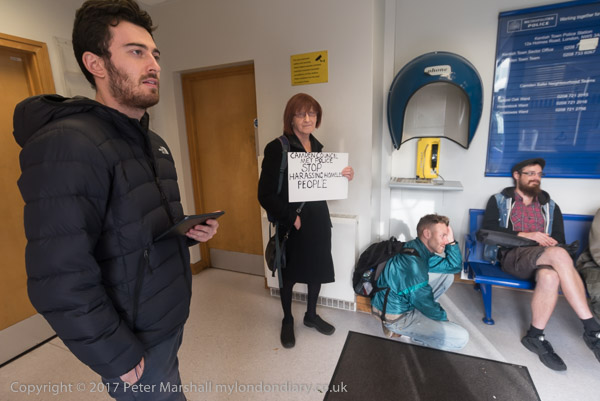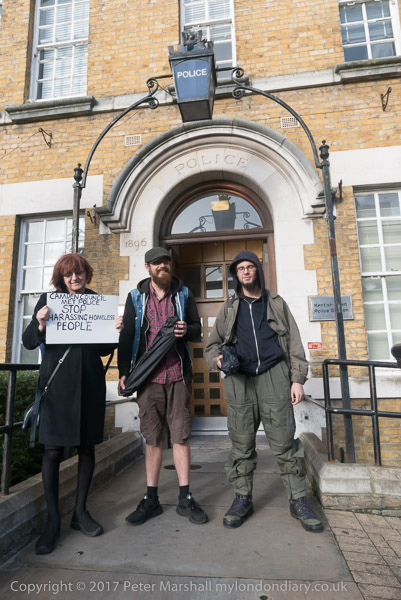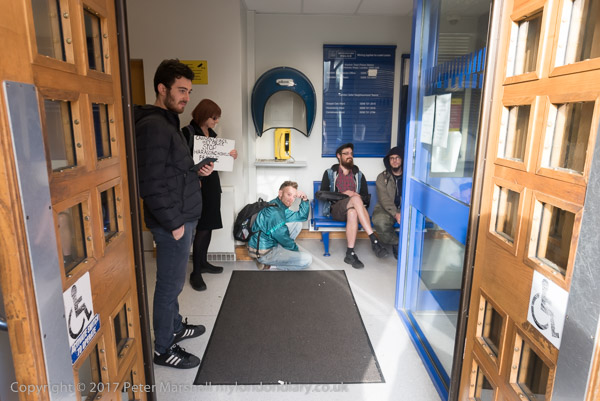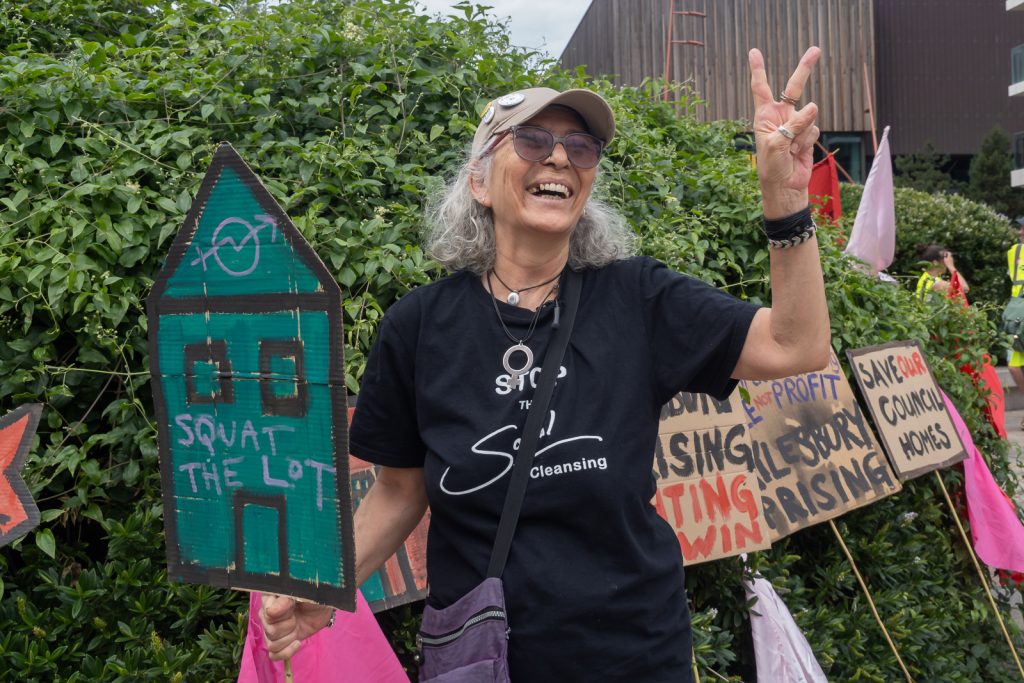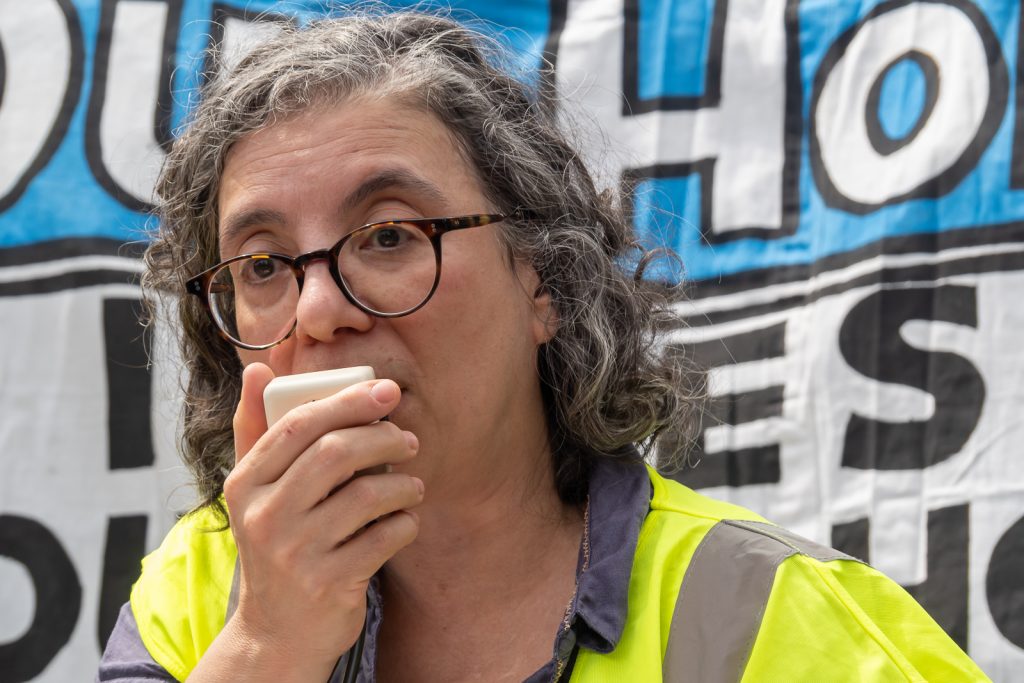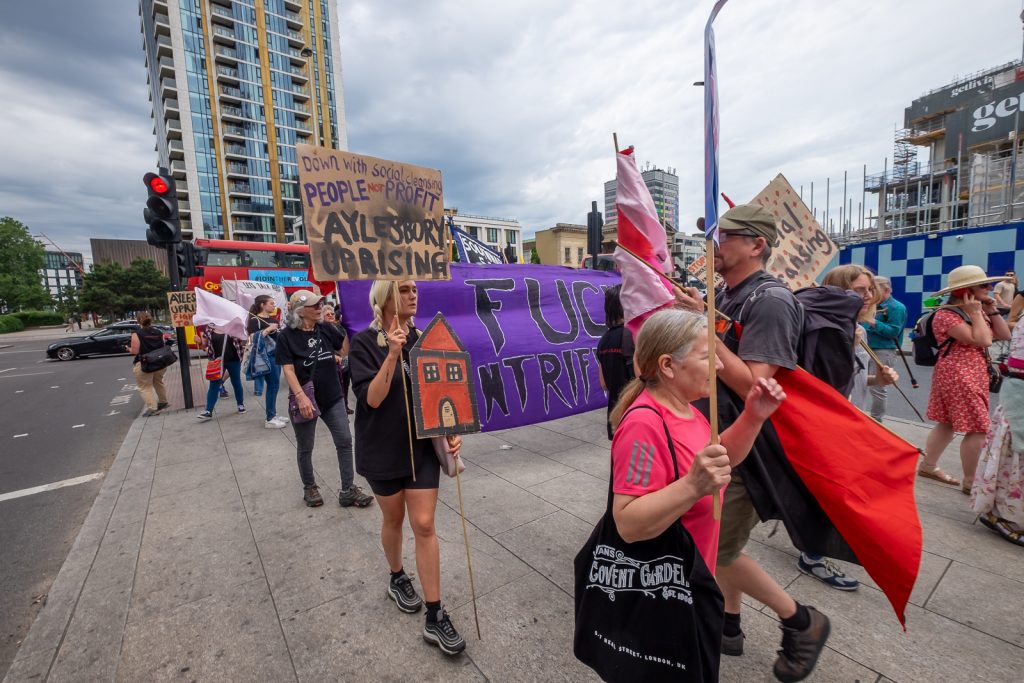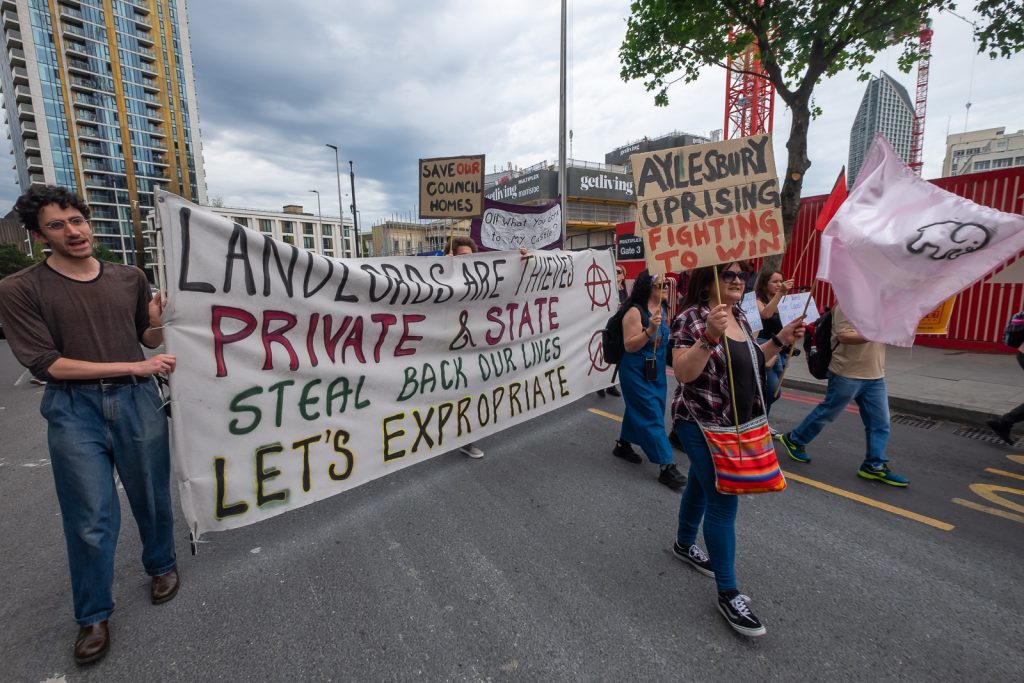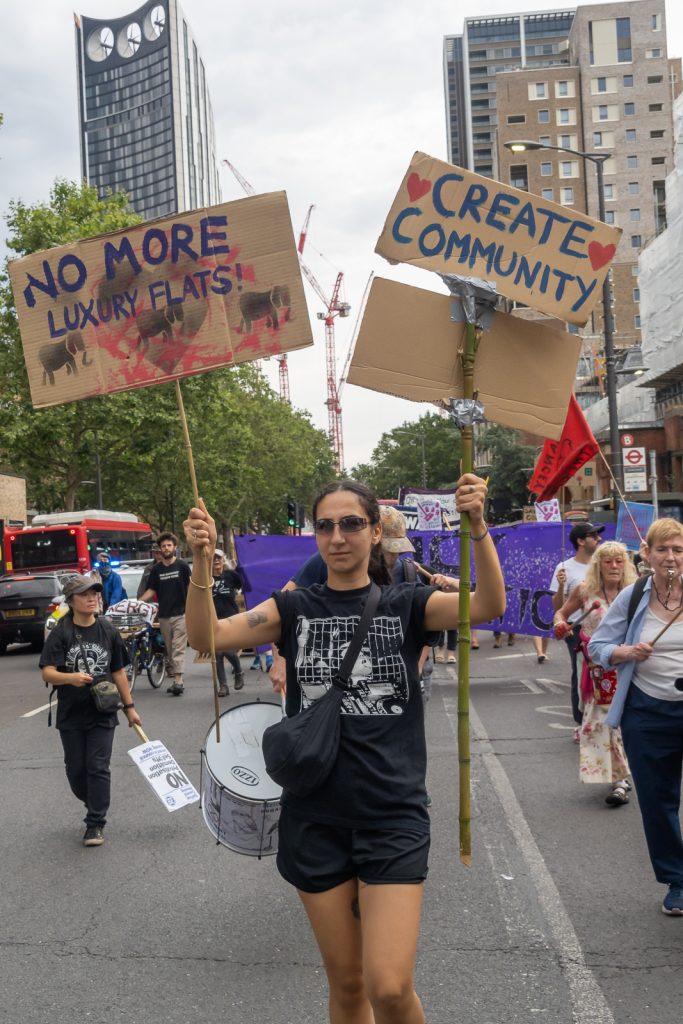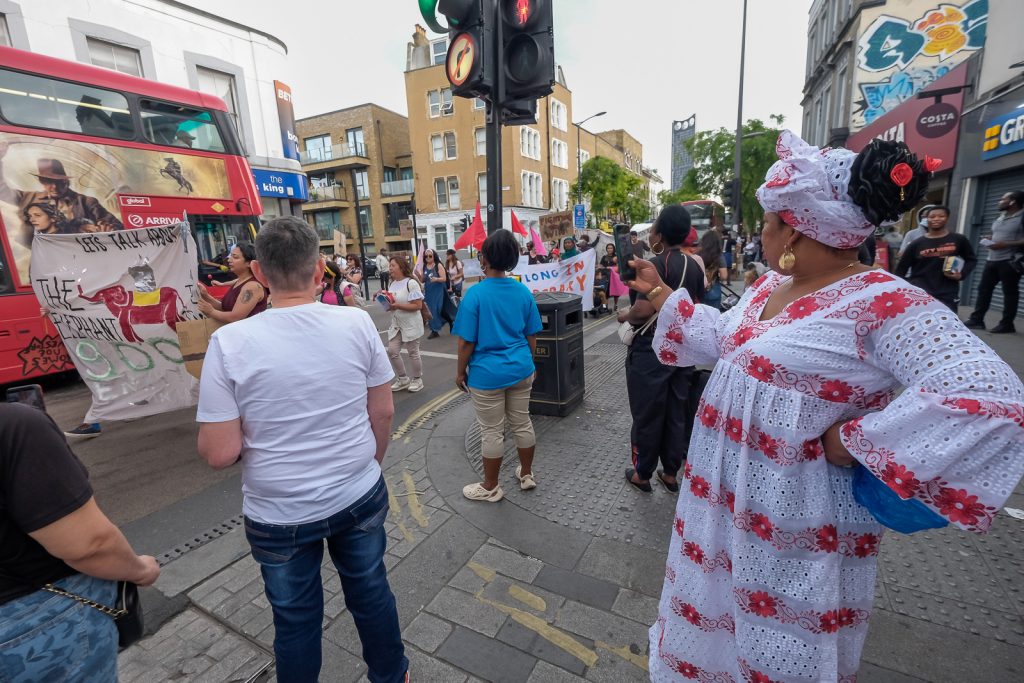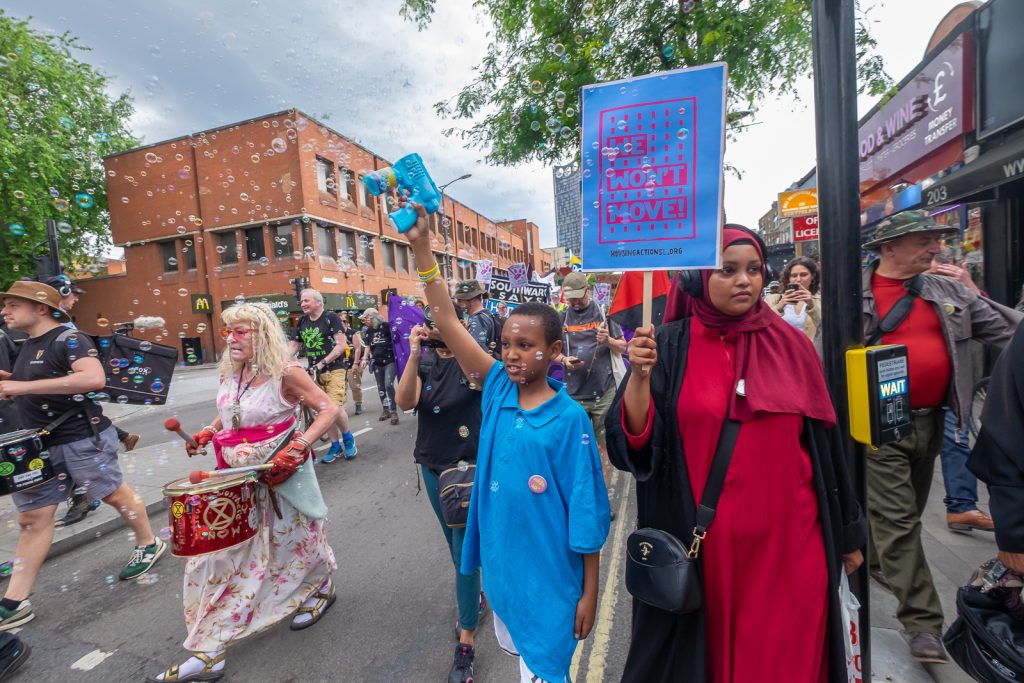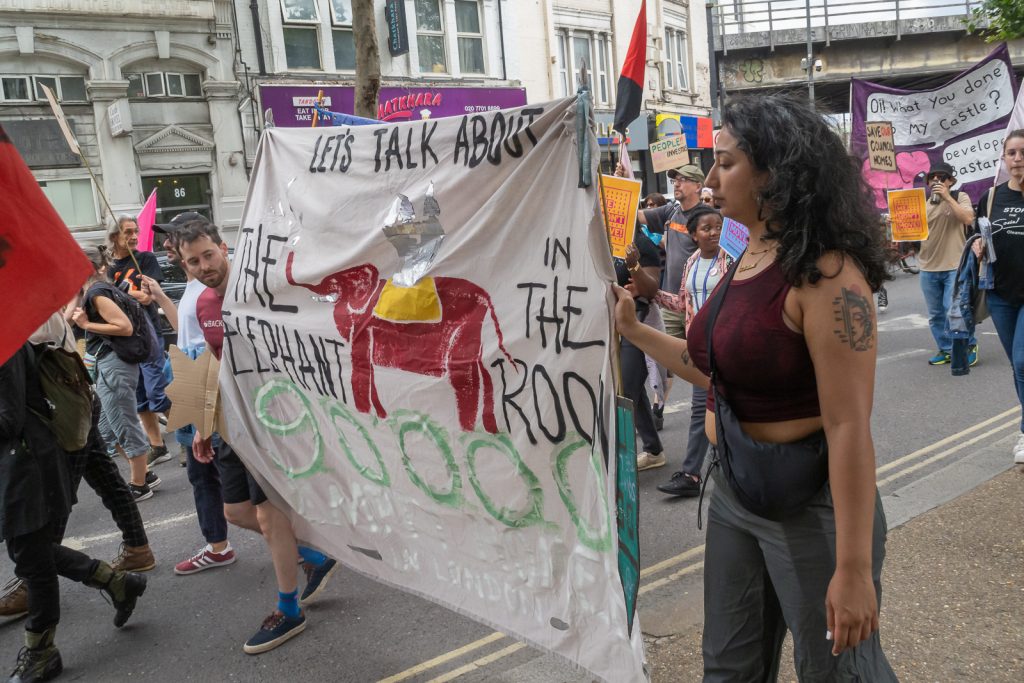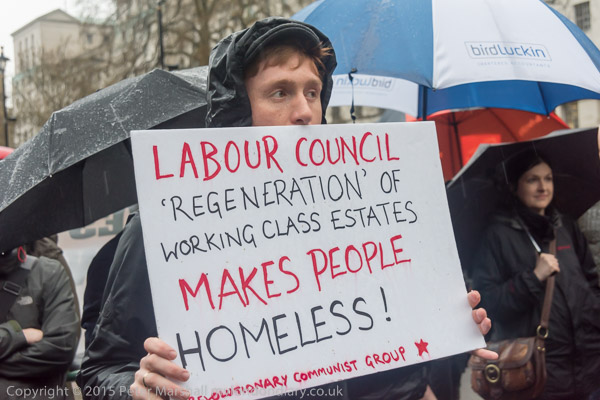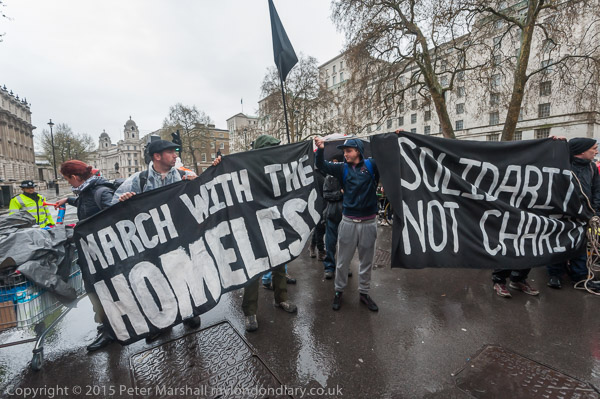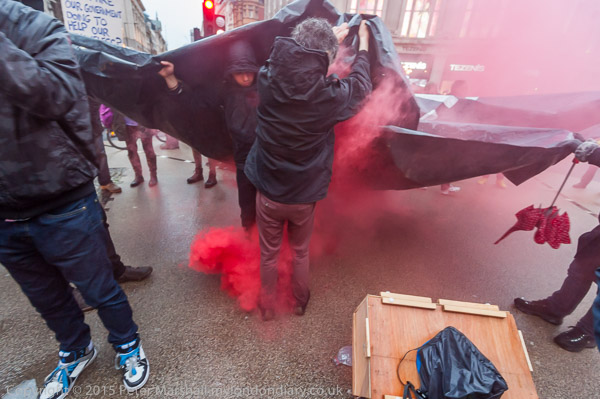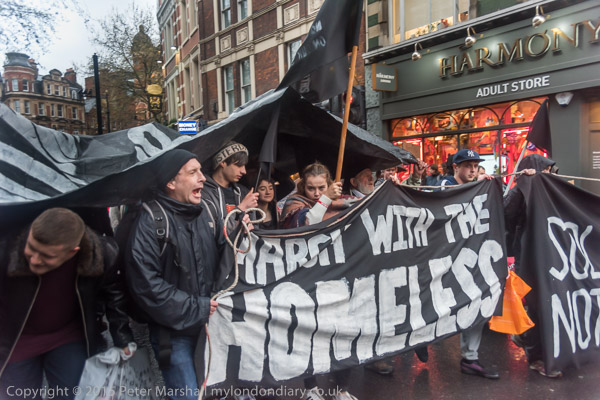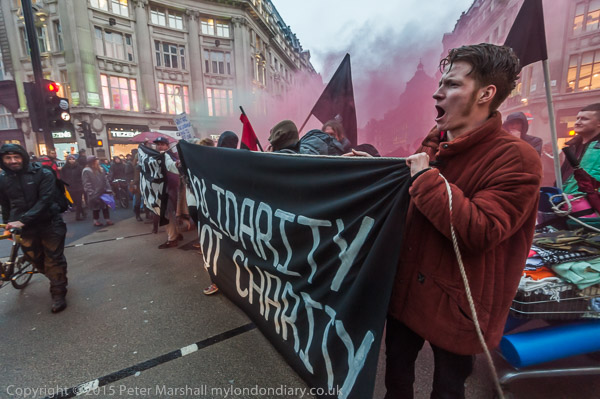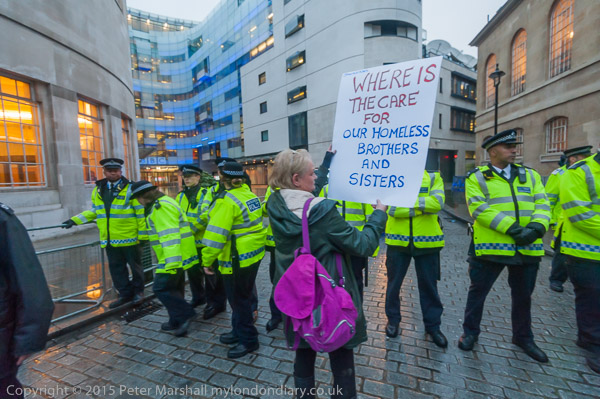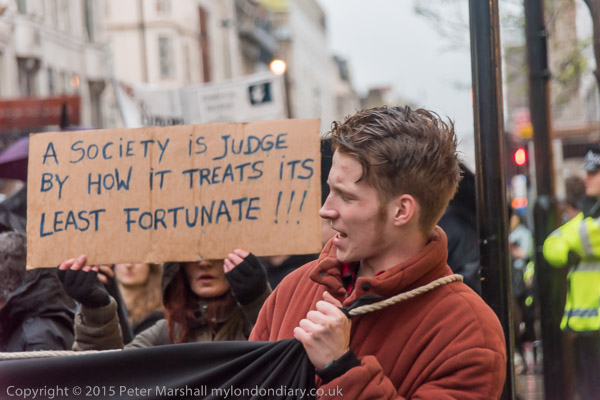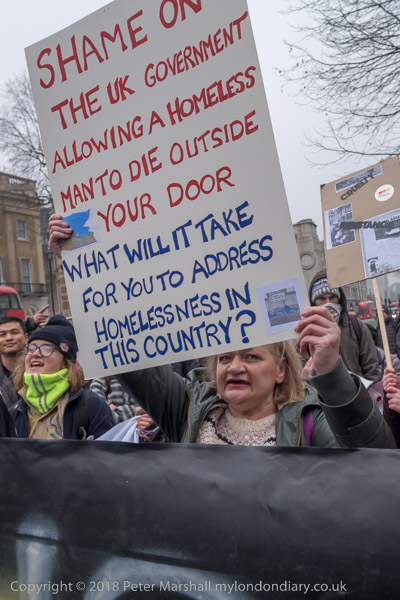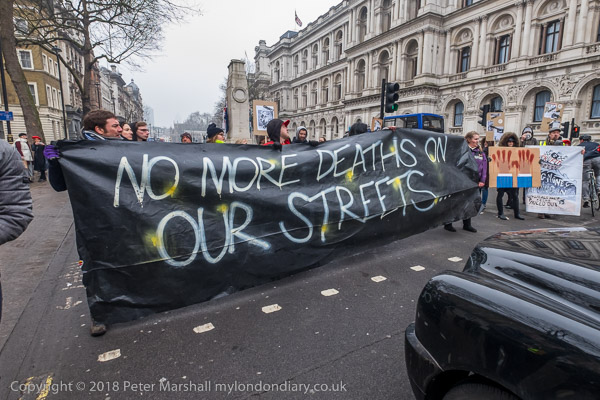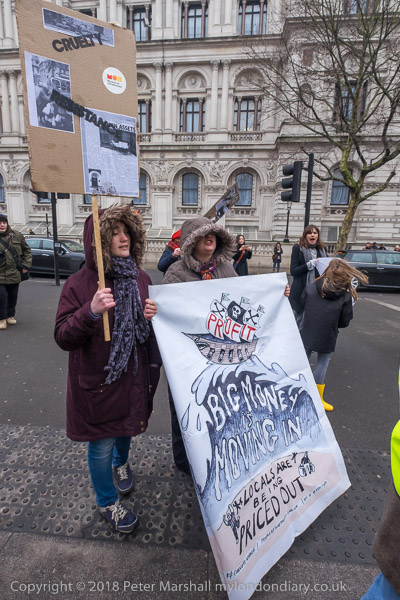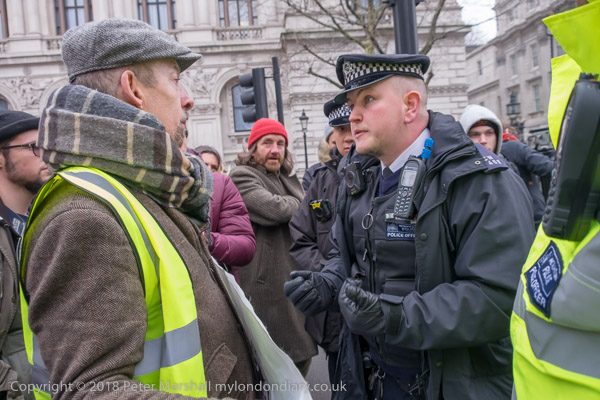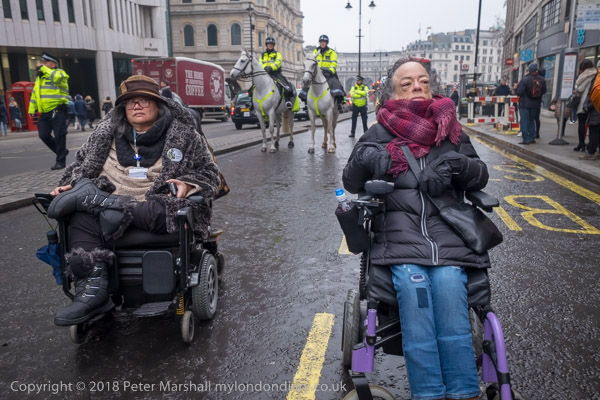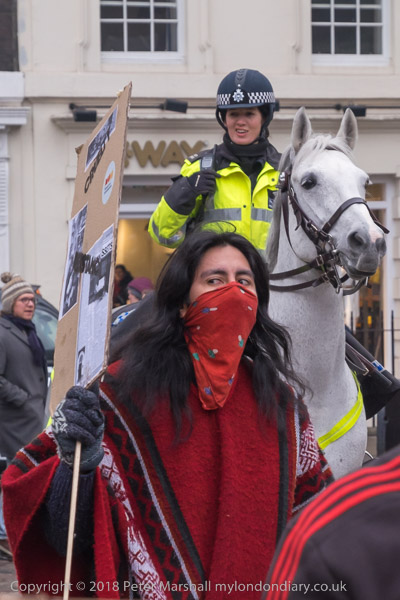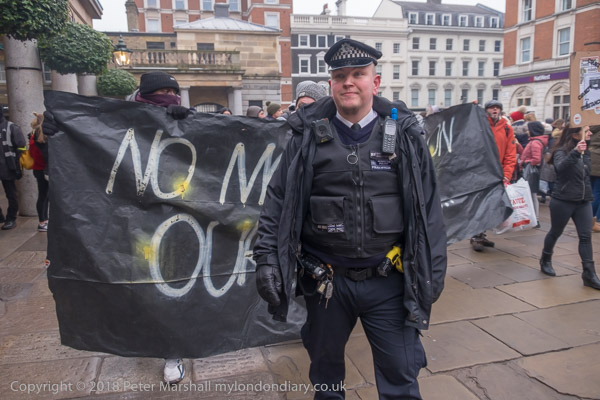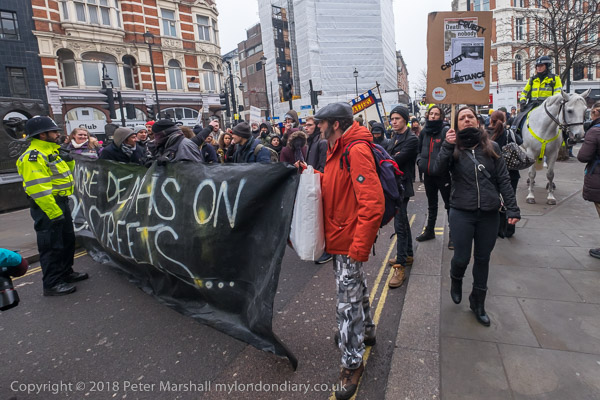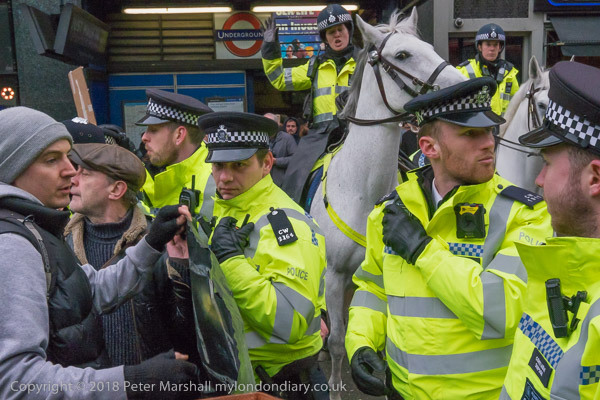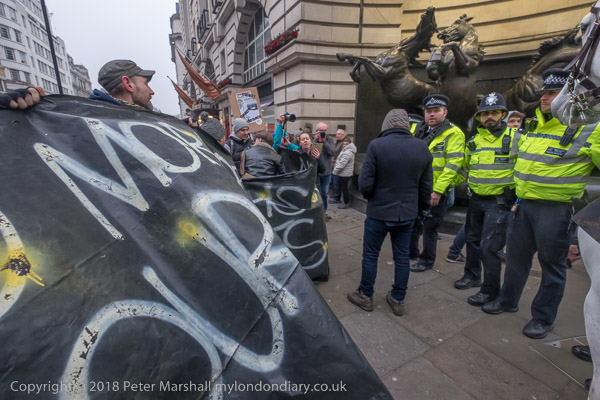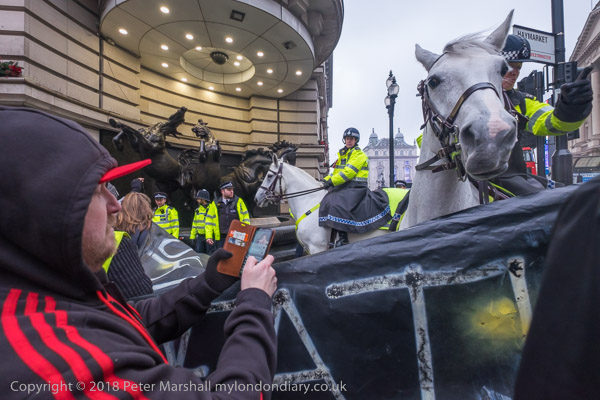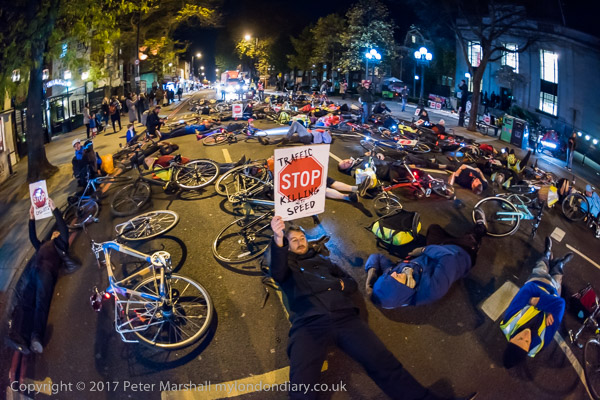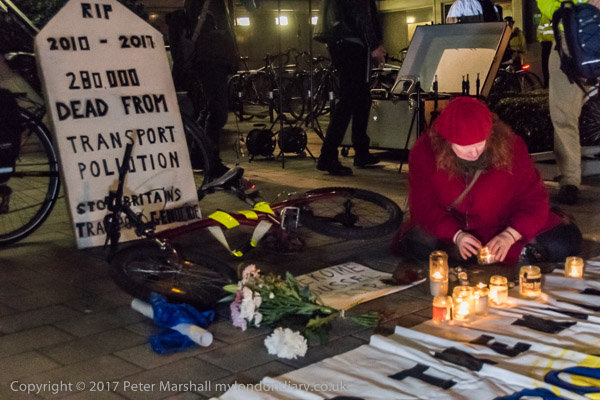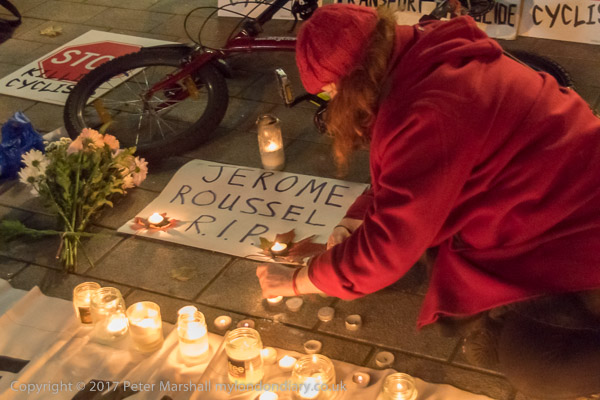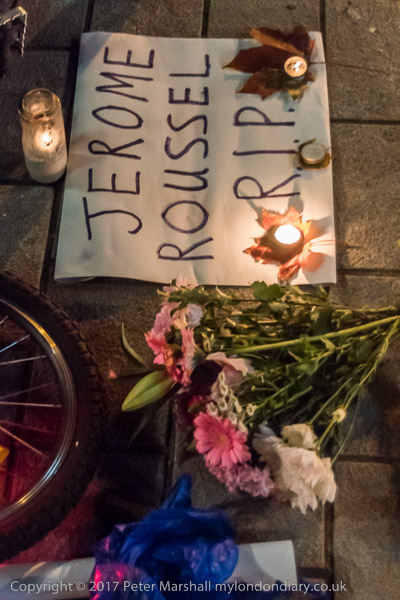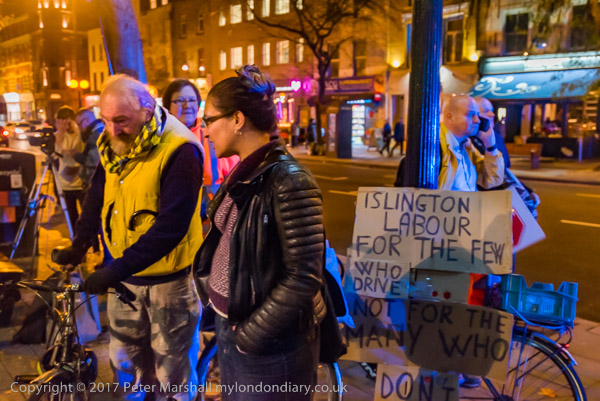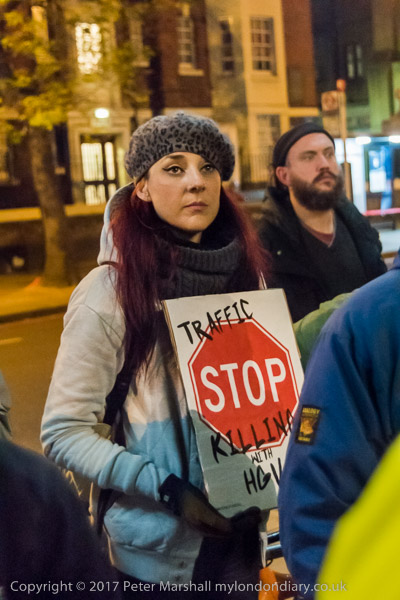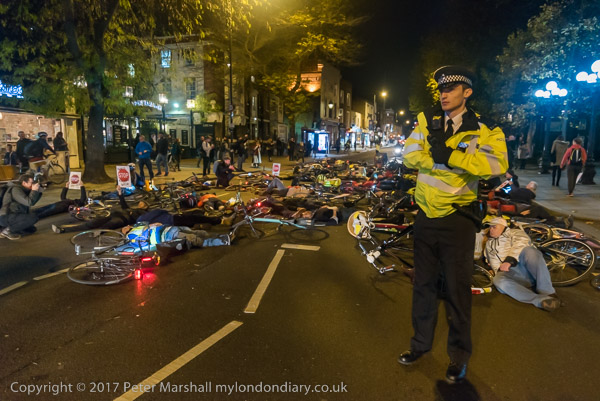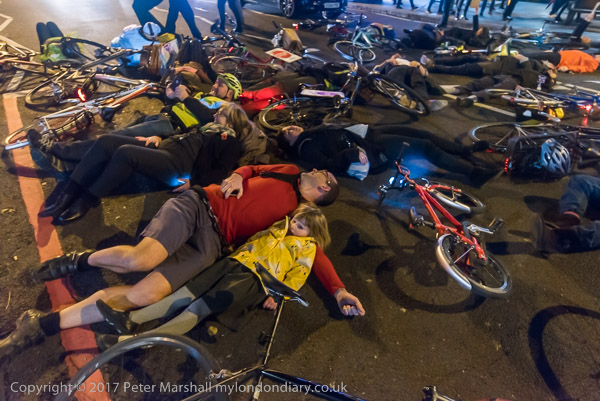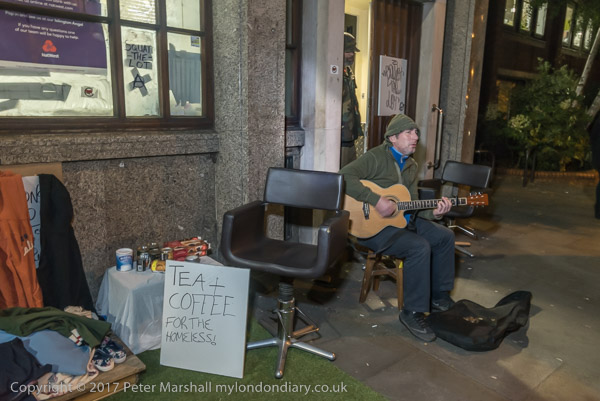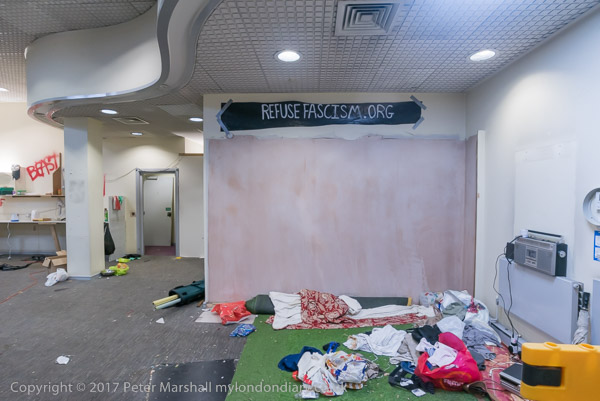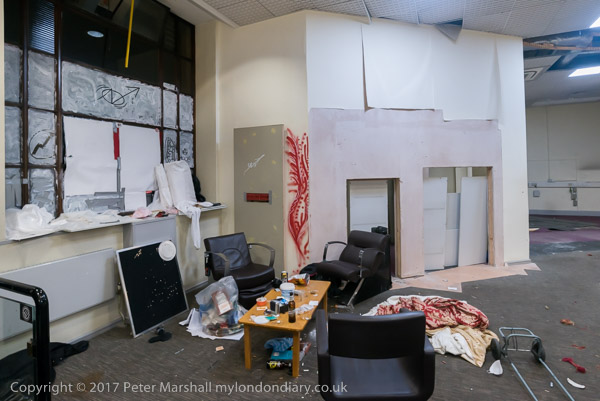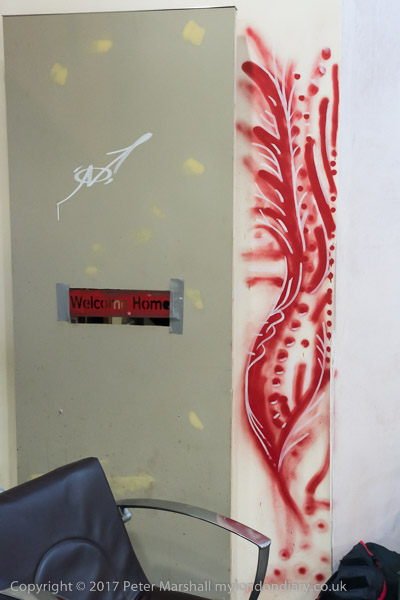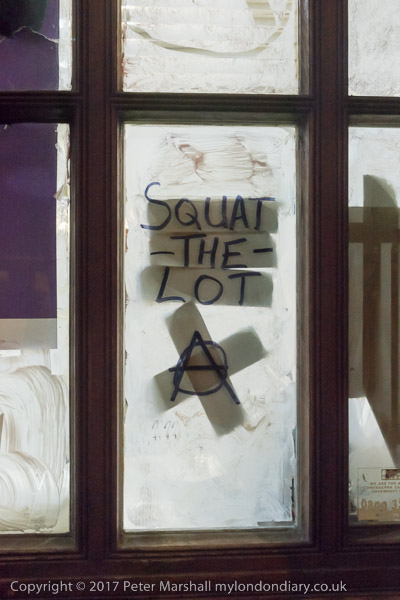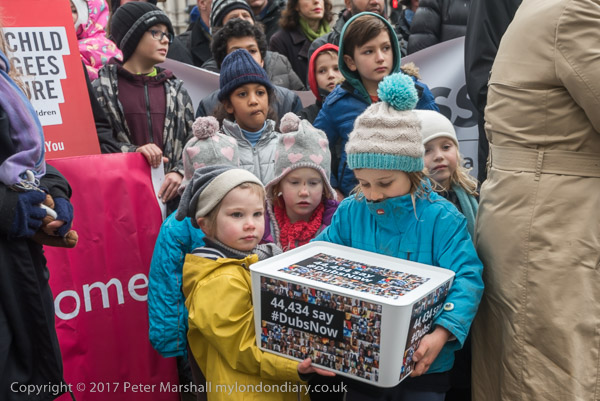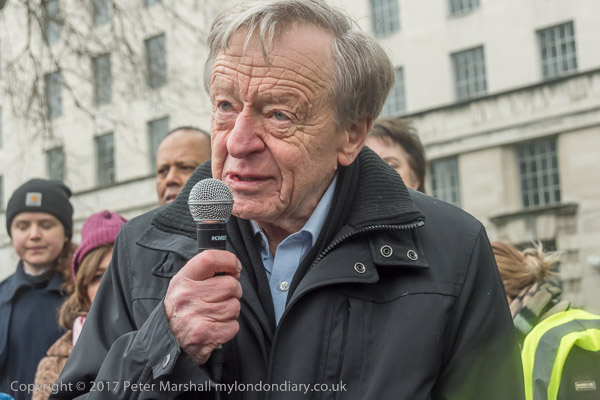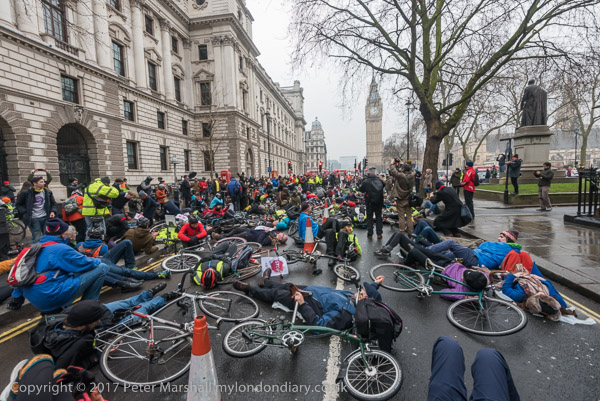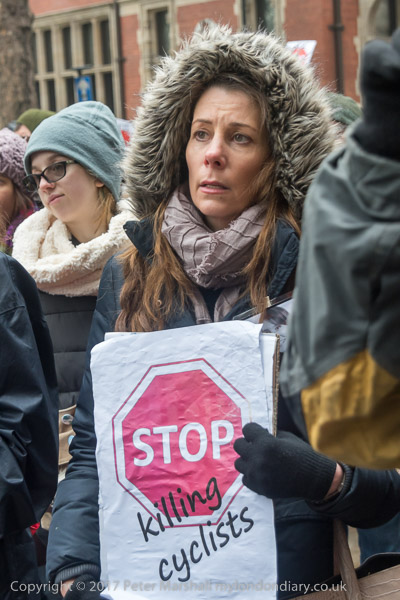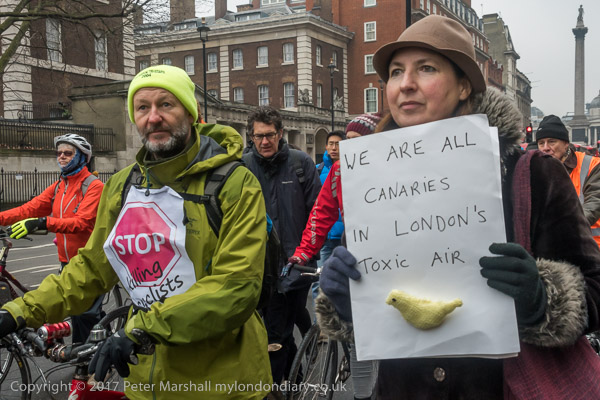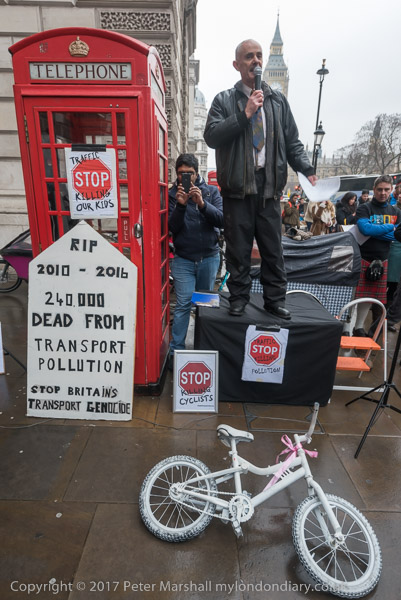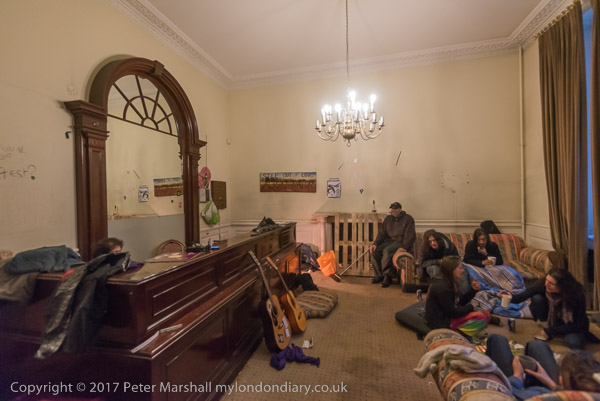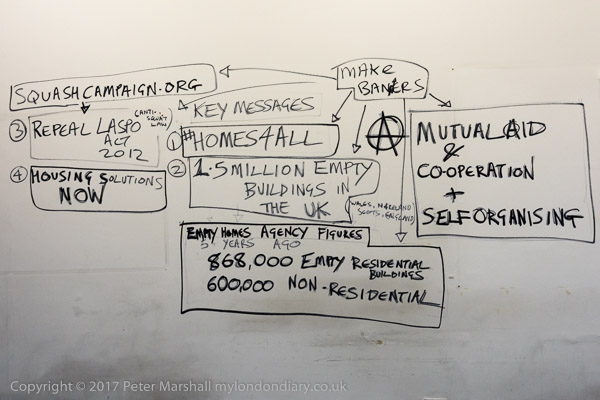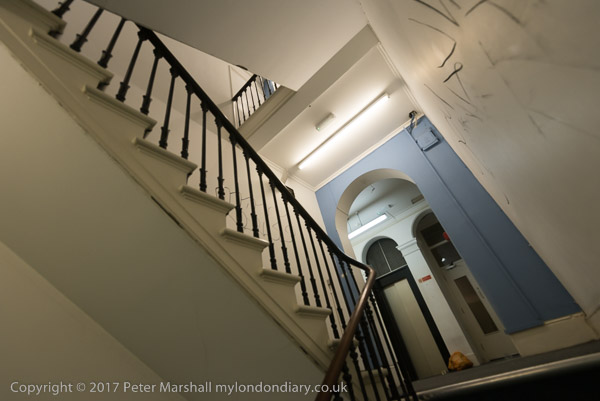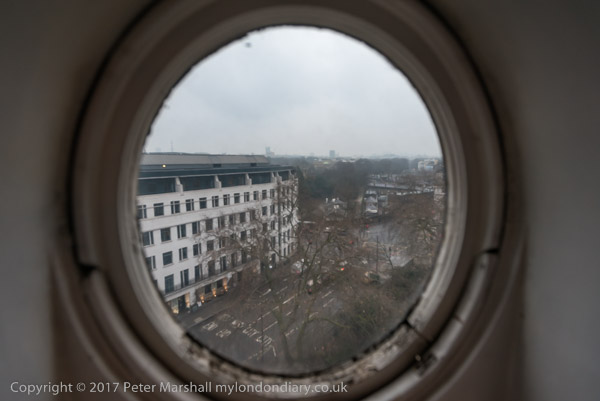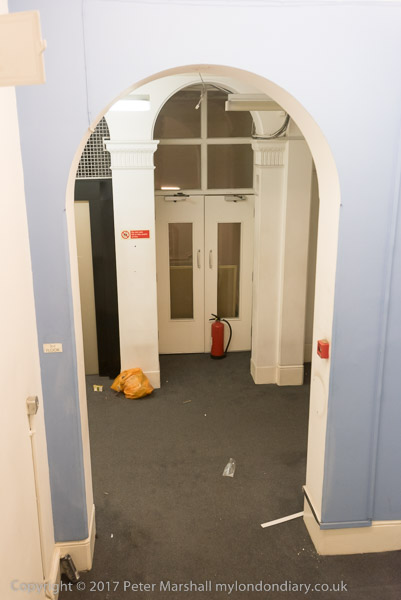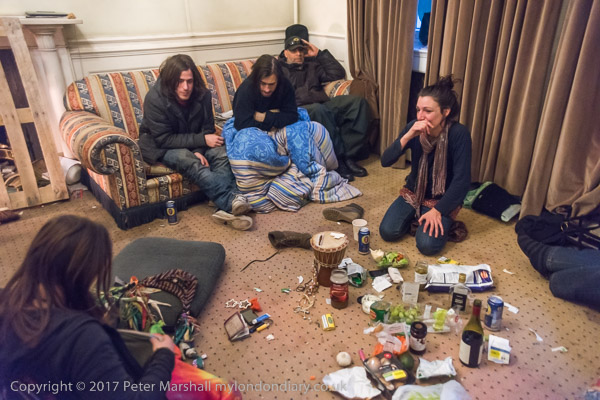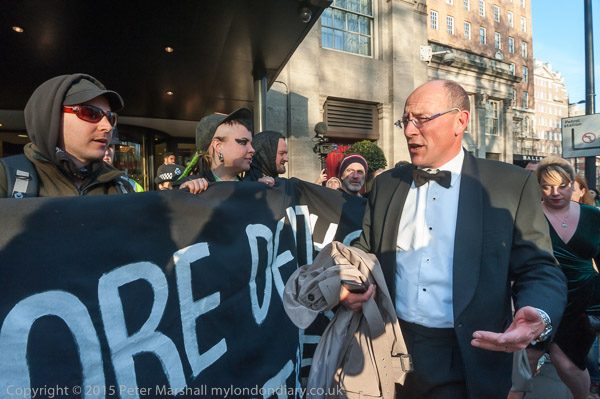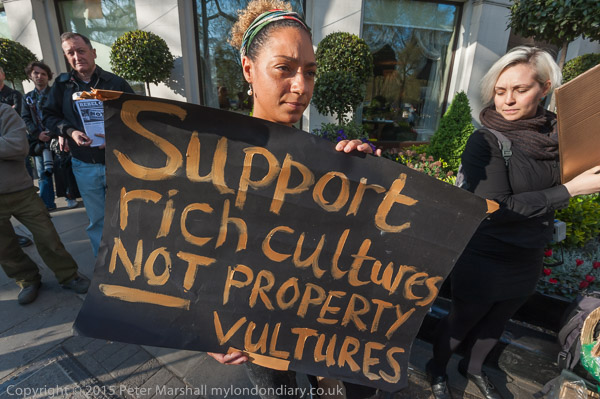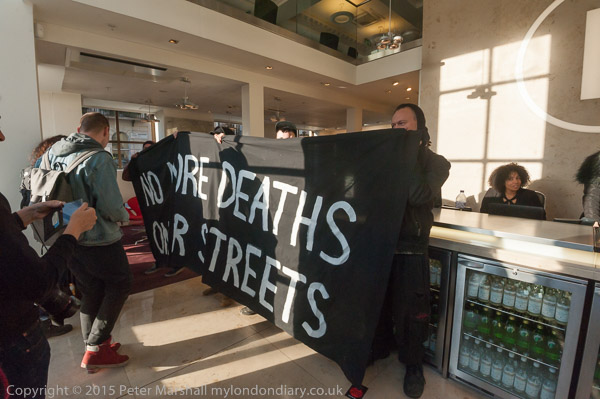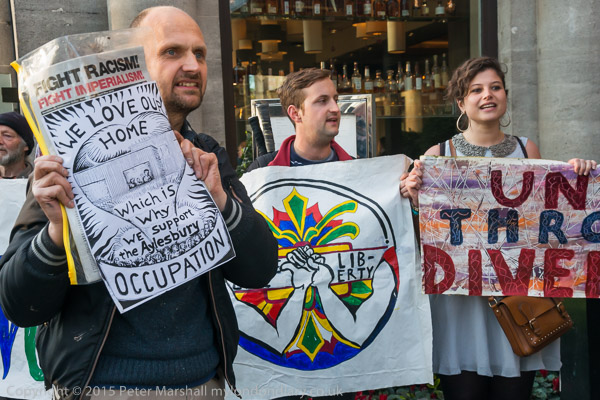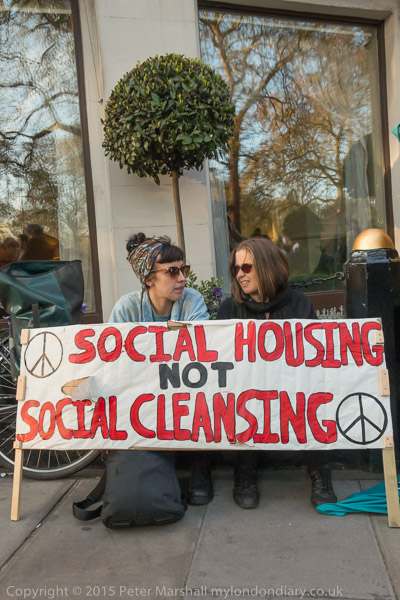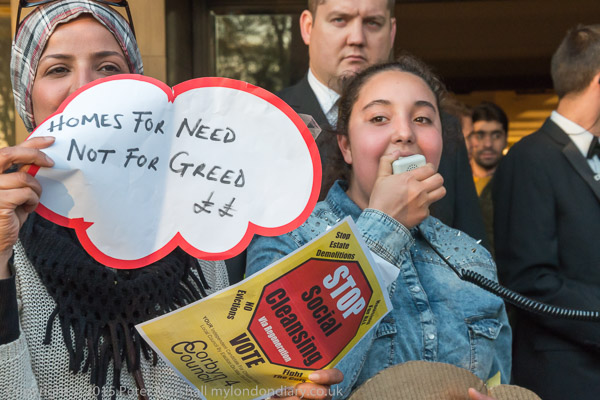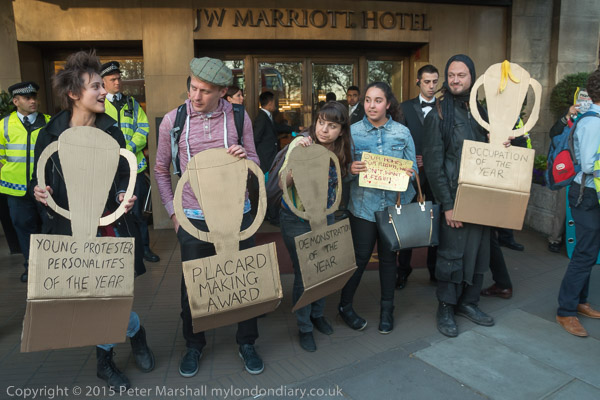Anti-Homeless Spikes & No More Austerity: On Saturday 21st June 2014 I photographed a small protest against anti-homeless spikes outside the Tesco Metro on Lower Regent Street on my way to a much larger protest against austerity meeting at the BBC in Portland Place and marching to a rally in Parliament Square.

Call for Nationwide Homeless Spikes Ban

Public disquiet was mounting against the increasing use of anti-homeless spikes on and around buildings, metal or concrete spikes used to make pavements, ledges and other horizontal surface impossible or very uncomfortable for people to lie down or sometimes even sit on, aimed in particular at stopping homeless people sleeping there.

These spikes and other ‘hostile measures’ are increasingly used to force homeless people out of public spaces – you can read more about it in a 2016 article on the Crisis web site as well as in various newspaper reports. ‘Defensive Architecture’ continues and you can read about a 2024 campaign against spikes by artist Stuart Semple and creative agency TBWA\MCR in Big Issue.
Call for Nationwide Homeless Spikes Ban
No More Austerity – Demand The Alternative
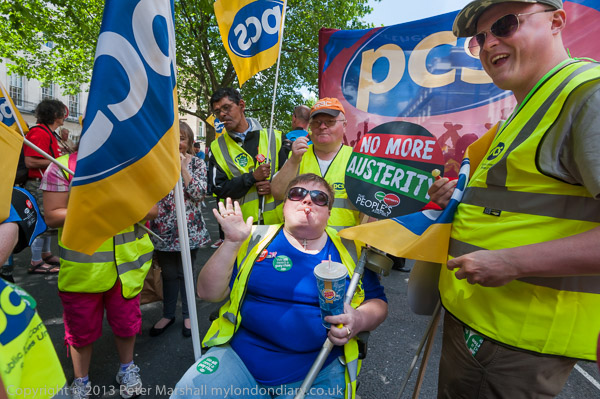
There was huge support for the march and rally by The People’s Assembly, trade unions and campaign groups calling for an end to austerity which gathered outside the BBC to march to a rally in Parliament Square.
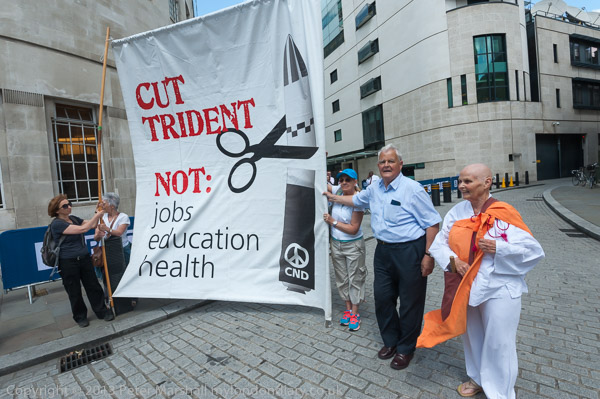
Clearly the government cuts since 2010 were causing huge problems across the nation and were stifling economic growth. And while we were still wasting huge amounts on senseless projects such as Trident nuclear missiles, public services were being cut, public sector workers were getting cuts in pay through below inflation increases. Education was suffering, the NHS was being increasingly privatised and generally the interests of the majority were being sacrificed while the wealthy were getting even richer.
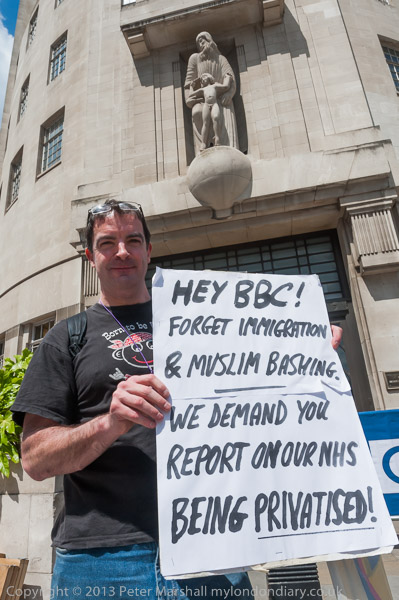
Measure such as 2012 bedroom tax and later the two child benefit cap brought in in 2017 plunged many of the poorest even deeper into poverty and there were continued attacks on disability benefits.
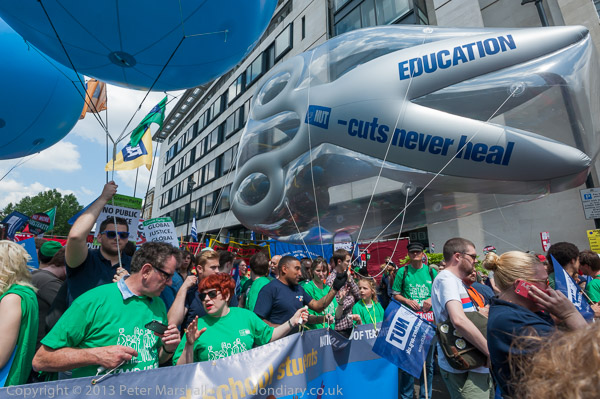
I put almost all of the pictures from the march on-line without captions with a promise to add them later but – as so often – later never came. But I think most of the pictures tell their own story,

Among them are a number of pictures of Class War – some of them carrying a banner which later became their manifesto for the 2015 general election – for which they became a political party and stood a handful of candidates – who each only received a handful of votes. But perhaps ‘DOUBLE DOLE – NO BEDROOM TAX – DOUBLE PENSIONS’ was never likely to be an entirely convincing alternative.
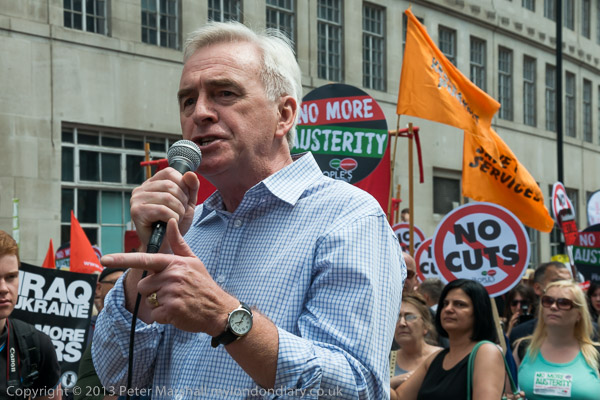
In 2017 we did have a real alternative and the Labour vote was up by 9.5% and it was only a deliberate and deceitful campaign by the party right who were in control of the party mechanism diverting resources from key marginals that stopped a Corbyn victory. They out-manoeuvred the left again in 2019 both to ensure defeat and for the key architect of the disastrous policy that lost them the vote as minister for Brexit to become party leader.
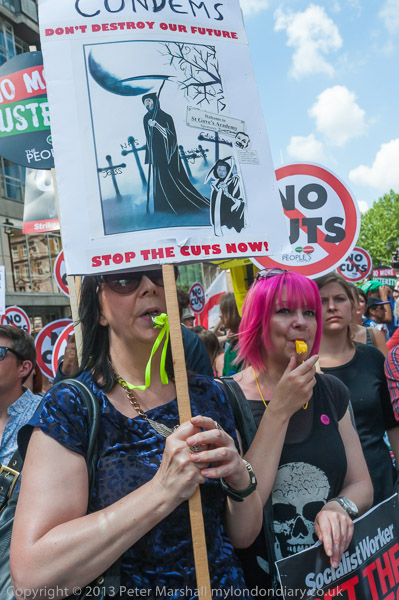
But people in 2024 still wanted change, and voted against the hopeless and hapless Tories who had blustered under Boris, wilted faster than lettuce under Truss and submerged under Sunak. But what we got was not chage but Tory-lite, even resurrecting the tired skeletons of Blair and Mandelson. It now seems more than likely that at the next election we may get change – but for the even worse.

I won’t bother to put any of the pictures of speakers at the rally on-line, though I photographed a long list of them – all on My London Diary.

Parliament Square was pretty full and people were still arriving at the square long after I made a picture of the crowd at the start of the rally.
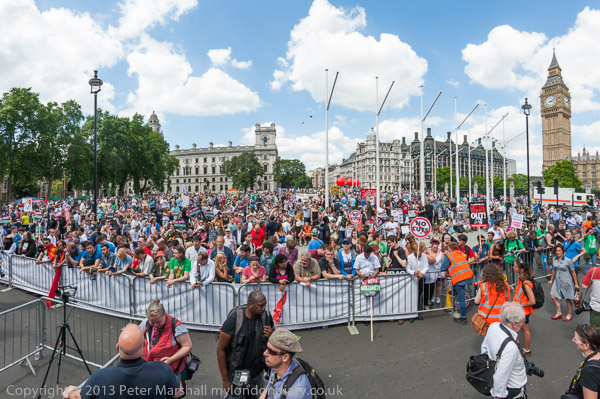
More pictures:
People’s Assembly Rally
No more Austerity – demand the alternative
Flickr – Facebook – My London Diary – Hull Photos – Lea Valley – Paris
London’s Industrial Heritage – London Photos
All photographs on this page are copyright © Peter Marshall.
Contact me to buy prints or licence to reproduce.
